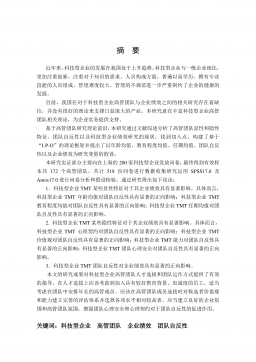换热网络结构性能相关性分析及优化
摘要在换热网络的优化问题中,传统的优化技术都基于分级超结构模型,其中存在着大量的换热网络结构。这些结构的变化容易引起综合费用的突变,导致目标函数在整型变量上的不可微,严重影响优化进程的可行性和连续性。迄今为止,整型变量的优化问题仍然是换热网络优化的瓶颈。鉴于此,本文分析了换热网络结构与性能的相关性,提出了新的优化方法来处理换热网络整型变量的优化问题。主要工作如下:首先,基于单体换热器的稳态数学模型,通过正交试验和方差分析,评估综合费用在不同流体参数变化时的波动程度。采用回归分析法,拟合换热网络结构与性能相关性因子,旨在表征换热网络结构与性能之间的定量关联。然后,基于换热网络超结构模型,采用排列...
相关推荐
-
我国基层财政困难的制度成因分析与对策研究VIP免费
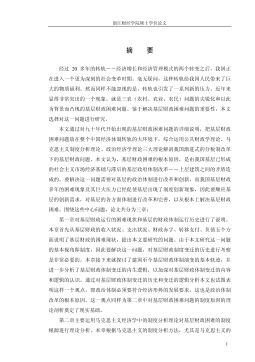
 2024-09-20 33
2024-09-20 33 -
我国煤电产业链纵向交易合约机制研究VIP免费
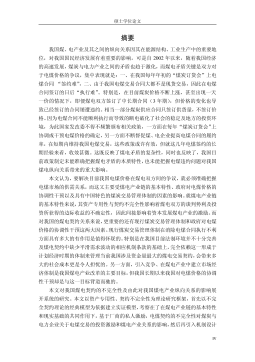
 2024-09-20 28
2024-09-20 28 -
生产要素视角下的上海市产业结构优化研究VIP免费
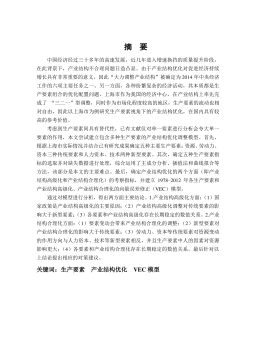
 2025-01-09 7
2025-01-09 7 -
我国银行业结构与经济结构关系研究VIP免费
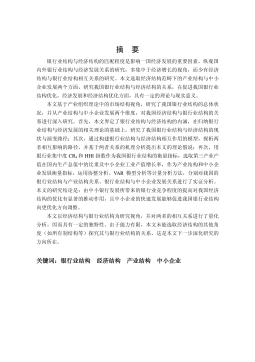
 2025-01-09 7
2025-01-09 7 -
大数据视角下农业供应链金融研究VIP免费

 2025-01-09 6
2025-01-09 6 -
跨国大型综合超市的规划研究VIP免费
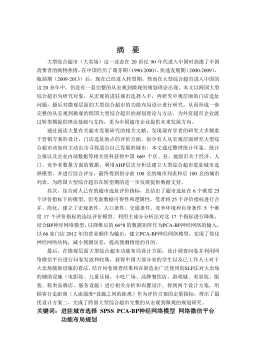
 2025-01-09 6
2025-01-09 6 -
跨境电商农产品质量安全问题研究VIP免费
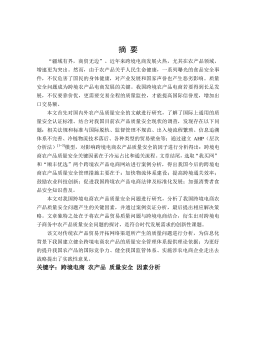
 2025-01-09 7
2025-01-09 7 -
世界市场的虚拟化与我国国际电子商务发展方向研究VIP免费
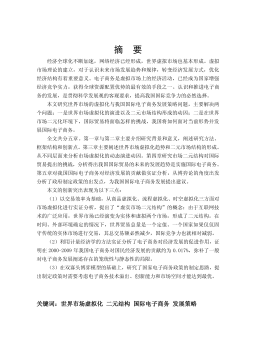
 2025-01-09 9
2025-01-09 9 -
中国政府对电力行业的价格规制问题研究VIP免费
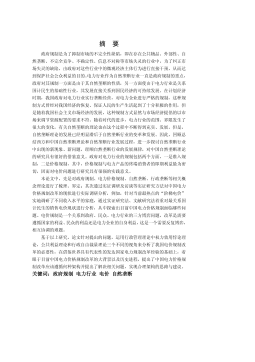
 2025-01-09 14
2025-01-09 14 -
中小企业信息化系统集成技术研究VIP免费
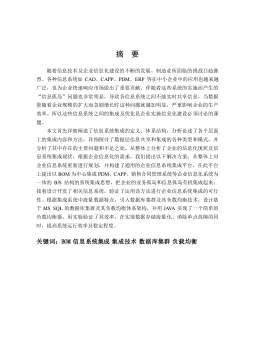
 2025-01-09 14
2025-01-09 14
作者详情
相关内容
-

跨国大型综合超市的规划研究
分类:高等教育资料
时间:2025-01-09
标签:无
格式:PDF
价格:15 积分
-

跨境电商农产品质量安全问题研究
分类:高等教育资料
时间:2025-01-09
标签:无
格式:PDF
价格:15 积分
-

世界市场的虚拟化与我国国际电子商务发展方向研究
分类:高等教育资料
时间:2025-01-09
标签:无
格式:PDF
价格:15 积分
-

中国政府对电力行业的价格规制问题研究
分类:高等教育资料
时间:2025-01-09
标签:无
格式:PDF
价格:15 积分
-

中小企业信息化系统集成技术研究
分类:高等教育资料
时间:2025-01-09
标签:无
格式:PDF
价格:15 积分


